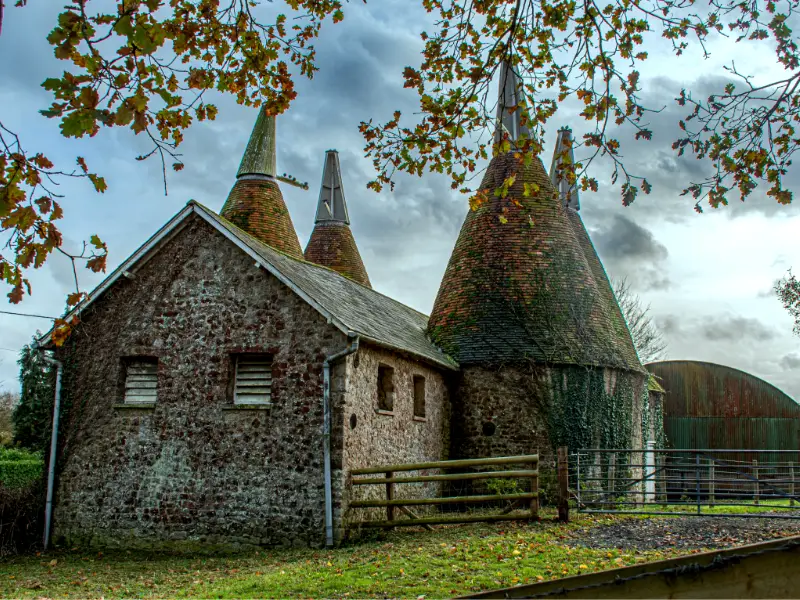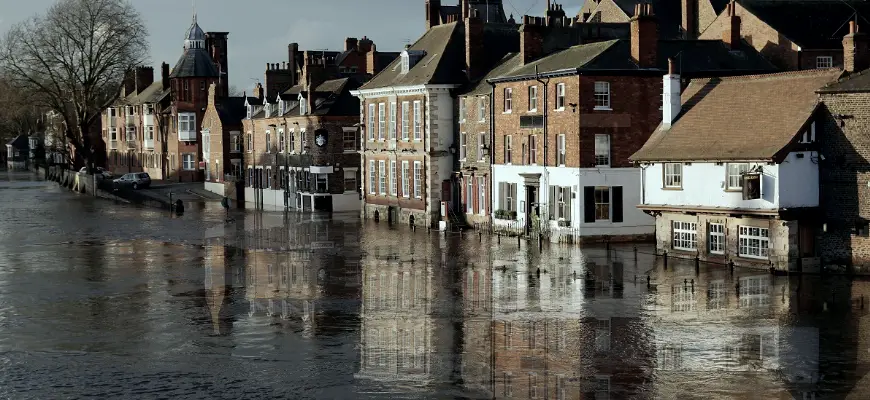

Heritage conservation is far more than just preserving old buildings and artifacts. It is essential in protecting a society’s history, culture, and identity. Protecting and restoring historical monuments, archaeological sites, and cultural heritage preserves the material relics of past eras and the memories and stories they represent.
In our fast-paced world, where change is often seen as inevitable, heritage conservation is a vital counterbalance that ensures continuity and connection with our past.
Keep reading the blog to learn about the top challenges of preserving cultural heritage buildings.
Cultural Heritage
Challenges Faced During Cultural Heritage
Maintenance, Repair, and Craftsmanship
Maintenance tasks often include replacing old, rotten wood with newer, stronger wood. Integrity is paramount despite the time-consuming nature of maintaining a structure designated as cultural heritage.
Preserving a structure frequently involves using the textures and design elements utilised in the original construction. Because the building has fallen into disrepair over time, achieving the desired outcome takes slightly longer than a typical home renovation.
The Right Materials to Match the Original Build
Reinforcing Natural Disasters

Insufficient Funding
Opportunities in Preserving Cultural Heritage:
Adaptive Reuse: Adaptive reuse involves modernizing historic structures while maintaining their original characteristics. This method revitalizes aging buildings and contributes to preserving the link between the past and present.
Sustainable Practices: The conservation of cultural heritage and the mitigation of environmental damage can coexist when sustainable construction methods are used. To achieve this, architects and builders must use eco-friendly materials and integrate energy-efficient designs with traditional building methods.
Collaboration and Stakeholder Involvement: Local communities, developers, and government agencies must form solid collaborations. Including stakeholders in the decision-making process ensures that different viewpoints are considered, leading to more comprehensive and culturally sensitive results.
Digital Preservation: Digital copies of historic landmarks are made possible by utilising digital technology like virtual reality and 3D scanning, along with precise point cloud modelling services. These resources offer an alternate method of conserving cultural treasures and support documentation, study, and public education. You can also get information on the advantages of LiDAR over traditional methods in cultural heritage preservation.
Conclusion
Heritage conservation’s future rests on how we take advantage of these opportunities and work together to overcome obstacles. By embracing new ideas, emphasising ecological practices, and promoting international cooperation, we can ensure that our planet’s cultural heritage is conserved for future generations.
If you need cultural heritage surveys, contact Survey2Plan today.
Previous Post
← Understanding the Basics of Utility Surveys